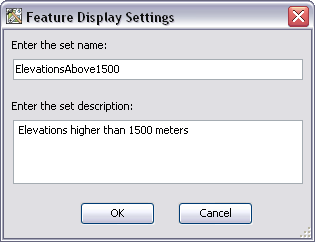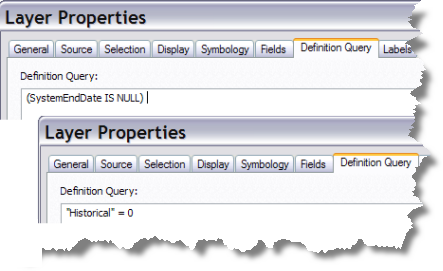

There are some important things to keep in mind when using Page Definition Queries. Learn more about using extent indicators to enhance overview or locator maps In these examples, the index features are the states of Arkansas and California. The red outline in the locator map is known as an extent indicator. In each locator map, you can see the current feature index for the Data Driven Page highlighted in red.

Note:Įach map above contains a locator map of the continental United States in the lower left corner of the page layout. You can also choose the inverse, to display features that do not match. The example below shows the results when you choose to match features to the page name. Using a Page Definition Query can simplify the map such that the crop acreage information is only displayed for the state specific to the page. Here is an example of what a couple of the pages would look like without a Page Definition Query:Īs you can see, the map page for Arkansas shows crop acreage information not only for the state of Arkansas but also for the surrounding states. Page Definition Queries allows you to do this quickly and easily.
#ARCMAP DEFINITION QUERY SERIES#
To simplify your series of maps, you want to only display crop acreage for the state specific to the map book page. Each state has a separate page in the book displaying the crop acreage by county. If you have features that overlap page extents and want these features to display in multiple pages, you should consider using clip to customize your map.įor example, suppose you want to create a map book showing crop acreage for each state in the United States. As you iterate through the pages, the query changes, and a new set of features draw appropriate to the new page. Features are filtered based on the current page. Though similar to other definition queries, Page Definition Queries differ in that they only work with Data Driven Pages and are dynamic. Page Definition Queries allow you to specify which features of a layer draw based on an SQL query.


 0 kommentar(er)
0 kommentar(er)
